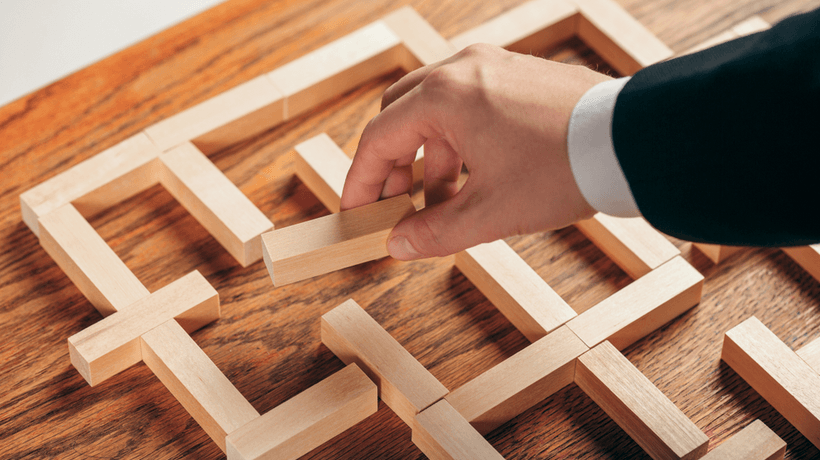Effective Problem Solving Strategies
Problems that don’t go away can take a toll on our well-being. Left unsolved, a small problem can become a big problem. We end up feeling frustrated, stressed or maybe even depressed and hopeless.
Problem solving is the act of defining a problem; determining the cause of the problem; identifying, prioritizing, and selecting alternatives for a solution; and implementing a solution.
Having the skills to resolve personal problems in a logical way that takes your needs into account can be a big help in managing stress and many other mental health problems.
When is problem solving useful?
Personal problem solving skills are useful in a variety of troubling situations, including:
- Disagreements in relationships, and trying to reach compromise.
- Potential or threatened loss (such as loss of a job or relationship).
- Coping with actual loss/grief
- Conflict, and uncertainty how to handle conflict, or if it can be resolved at all.
- Work or study difficulties.
- Difficulties with children and parenting.
Steps to Better Problem-Solving:
Identify the Problem
The first step in the problem-solving process is to identify the root of the issue. Unfortunately, the problem isn’t always easily identifiable and requires extra analysis to get the source. Ask yourself the five whys: Who, What, When, Why, and Where. By asking yourself these questions in associations with the problem, you will find exactly where the problem is coming from.
Brainstorm Ideas
What are some ways to solve the problem? The goal is to create a list of possible solutions to choose from. The harder the problem, the more solutions you may need.
Evaluate the possible solutions
Once you’ve generated potential solutions, narrow them down to a shortlist. Then, evaluate the options on your shortlist.
There are usually many factors to consider. So when evaluating a solution, ask yourself the following questions:
- Is the solution realistic and possible?
- Will the solution solve the problem without causing additional unintended problems?
Use your feelings
We often make the mistake of thinking our negative emotions are the problem. This is false. Use your negative emotions to guide you: when you are feeling anxious, stressed, frustrated, or annoyed in a particular situation, try to find the problem that is making you feel that way.
Take an Action
This is often the most difficult step because you now have to actually start carrying out the solution you chose. Most people are afraid that they might have picked the wrong solution, or that perhaps there is a better solution if they just think about the problem more. This is not helpful thinking: it is better to act than to do nothing at all.
Get support
Get support and guidance from a licensed therapist. Talk to Dr, Carla about the problem you are facing to provide you with convenient solutions.


